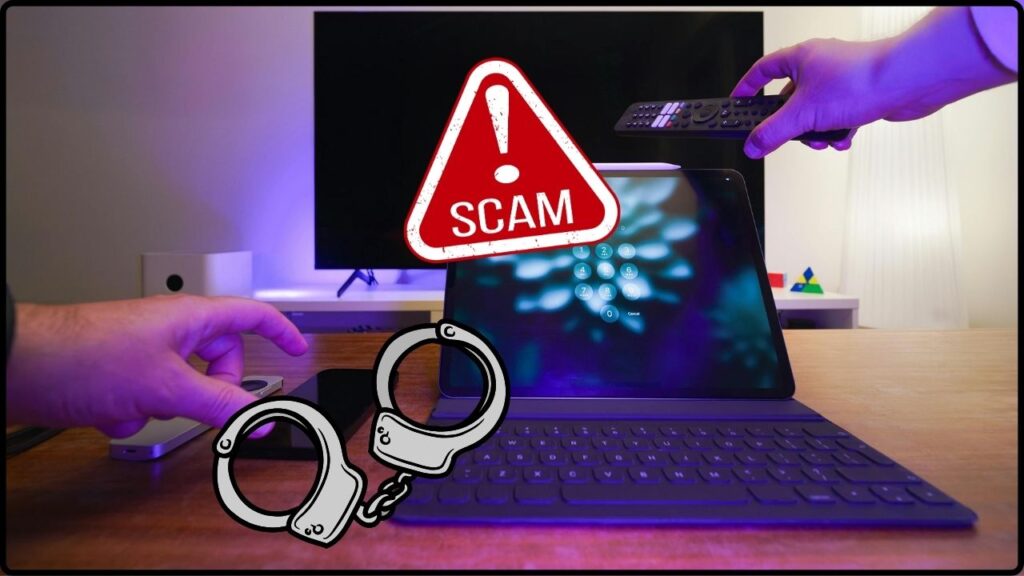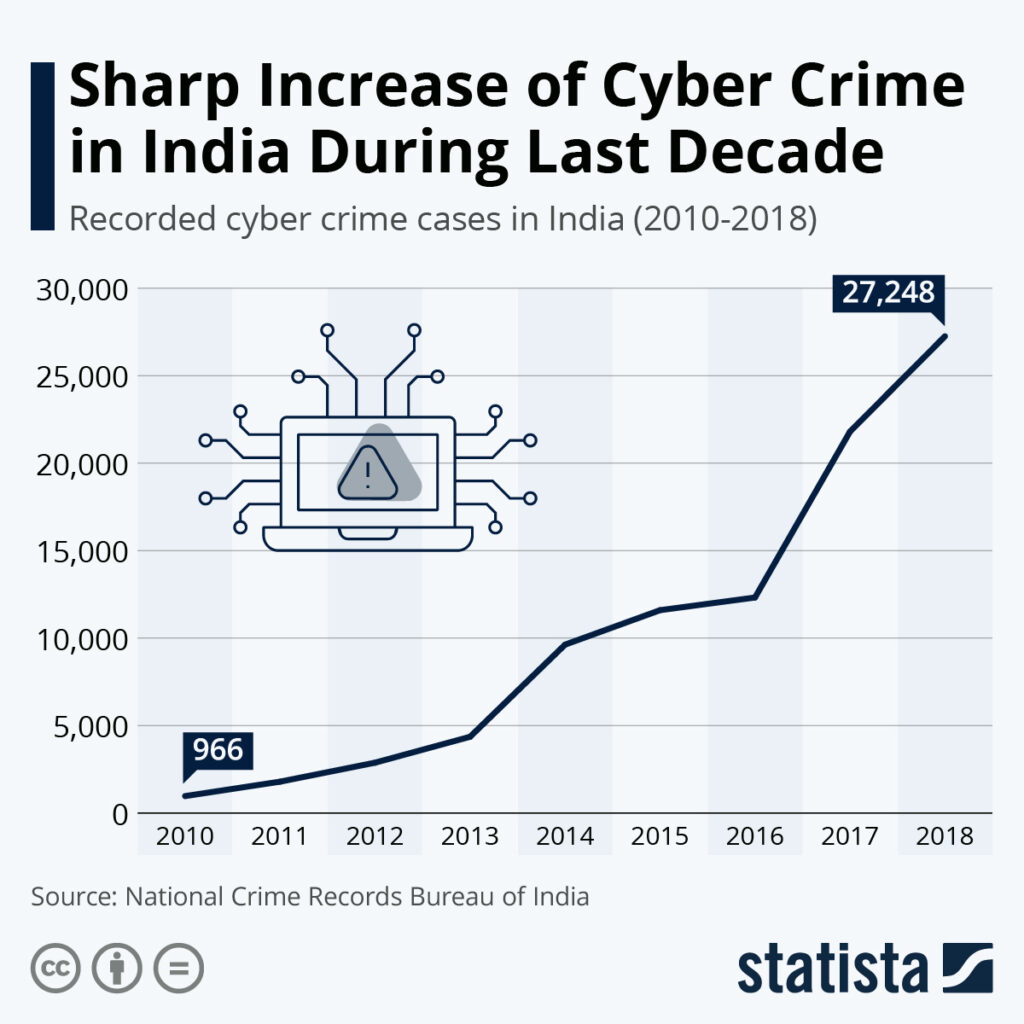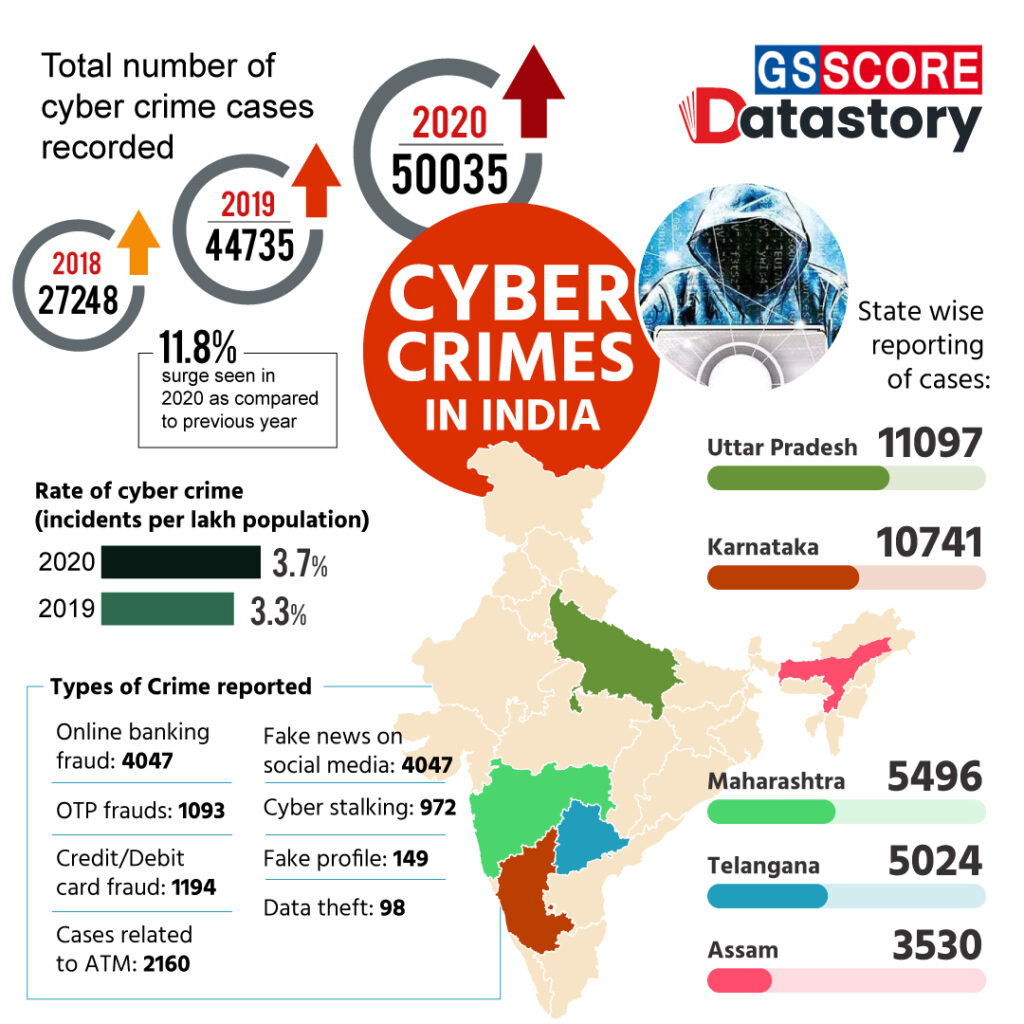
₹92 Crore Digital Arrest Scam Exposed: If you’ve been following cybercrime news lately, the phrase “₹92 Crore Digital Arrest Scam” might sound like something out of a Hollywood thriller. But this isn’t Netflix fiction. This scam was real, and Mohali Police just busted a massive gang behind it. The fraudsters tricked people across India into believing they were under “digital arrest”—a term that doesn’t even exist in law. The price tag? A staggering ₹92 crore (roughly $11 million USD). Before you think this couldn’t possibly affect you, think again. The scam was sophisticated, psychological, and targeted everyday people. From students to business professionals, no one was safe. This article breaks down the scam, how the criminals operated, the police investigation, expert insights, and what you can do to protect yourself.
₹92 Crore Digital Arrest Scam Exposed
The ₹92 Crore Digital Arrest Scam is a chilling reminder of how cybercriminals exploit fear and authority to steal millions. Mohali Police’s swift action is commendable, but the battle is far from over. The best defense is awareness, skepticism, and immediate reporting. Share this knowledge with your circle. Because when it comes to cybercrime, prevention is always better than cure.
| Aspect | Details |
|---|---|
| Scam Type | Digital Arrest Scam – fraudsters posing as cops & agencies |
| Total Money Involved | ₹92 crore (~$11M USD) |
| Arrests Made | 6 arrested, 2 already in jail, 2 still on the run |
| Victims | Citizens across India, including ₹3 crore from Mohali alone |
| Scam Tactic | Impersonation → Fake digital arrest threat → Video calls → Forced money transfers |
| Bank Accounts Frozen | 310+ accounts tied to the fraud |
| International Links | Calls traced to Cambodia; mastermind suspected in Dubai |
| Official Police Advisory | Punjab Police Advisory |
What Exactly Is a Digital Arrest Scam?
Let’s be clear: there’s no such thing as a “digital arrest.” Police can arrest you physically, but it can’t happen over Zoom, WhatsApp, or FaceTime. Criminals invented this fake concept to scare people into compliance.
Fraudsters posed as police officers, CBI agents, or cyber officials. Their scripts went like this:
- “Your Aadhaar or PAN card was used in a money-laundering case.”
- “Your package was intercepted with drugs.”
- “We’re placing you under digital arrest until you clear your name.”
Terrified, victims would stay glued to video calls for hours and eventually transfer huge sums of money just to avoid “arrest.”

How the ₹92 Crore Digital Arrest Scam Exposed?
Step 1: Impersonation
The criminals used caller ID spoofing to appear like genuine government hotlines. Their rehearsed scripts made them sound official.
Step 2: Isolation Through Video Calls
Victims were told to remain on camera at all times, preventing them from contacting friends or family. This created a sense of confinement, similar to a real arrest.
Step 3: Psychological Manipulation
The scammers used a mix of threats and false reassurance. Victims were told: “If you cooperate, your name will be cleared.” This carrot-and-stick approach ensured compliance.
Step 4: Forced Money Transfers
Funds were demanded through RTGS transfers, UPI payments, or deposits into mule accounts. Over 310 accounts across multiple states were used to launder the money.
Step 5: International Connections
The primary numbers used originated in Cambodia, and IP traces pointed to a suspected kingpin operating from Dubai.
Police Operation: How the Gang Was Busted
This wasn’t a one-night sting. The Mohali Cyber Crime Police, led by SSP Harmandeep Singh Hans, conducted weeks of digital surveillance before raiding hotspots in Tamil Nadu, Karnataka, and Gujarat.
During the crackdown:
- Six men were arrested, including a bank relationship manager and a former GST worker.
- Two suspects already jailed in Mumbai and Vadodara were brought in on production warrants.
- Two more key figures remain at large, with international warrants expected.
Police also froze 310 bank accounts connected to the scam, preventing further laundering.

Why People Fall for Digital Arrest Scams?
It’s easy to scoff and say, “I’d never fall for that.” But the psychology is powerful.
- Authority Bias: When someone claims to be from the police or CBI, people naturally obey.
- Fear Response: Threats of arrest trigger panic, shutting down rational thought.
- Isolation: Victims on long video calls couldn’t check facts with loved ones.
- Urgency: Fraudsters demanded immediate transfers, leaving no time for reflection.
It’s the same formula used in IRS scams in the U.S. or “tech support” fraud calls worldwide: fear + authority + urgency = compliance.
Impact on Victims Beyond Money
The financial loss is obvious, but the emotional toll is equally devastating. Many victims suffer from:
- Anxiety and panic attacks.
- Shame for being “fooled.”
- Relationship stress from hiding the incident.
Cyber experts emphasize that victims shouldn’t blame themselves. These scams are engineered to bypass logic and prey on human psychology.
Similar Scams in India
The digital arrest scam isn’t isolated. India has seen a surge in different fraud styles:
- KYC Update Fraud: Victims receive calls claiming their bank account will be blocked unless they “update” KYC details.
- OLX and Marketplace Scams: Fake buyers trick sellers into refunding fake payments.
- Lottery and Prize Frauds: “You’ve won a car, just pay processing fees.”
All rely on fear, urgency, or greed to push victims into compliance.
Practical Tips: How to Avoid Falling for Such Scams
Here’s your survival guide:
- No such thing as digital arrest. Hang up immediately.
- Verify the caller. Look up official numbers independently.
- Talk to someone you trust. Never keep such calls a secret.
- Never transfer money out of fear. No genuine agency demands it.
- Report suspicious calls. Dial 1930 or visit Cyber Crime Portal.

Step-by-Step Guide: What To Do If You’re a Victim
- Hang up and stop all communication.
- Do not send further money.
- Call your bank and request a freeze on transactions.
- File a complaint with the cybercrime cell or online portal.
- Save all evidence: screenshots, call recordings, transaction receipts.
- Seek counseling if you feel emotionally distressed.
Expert Insights
SSP Harmandeep Singh Hans stated:
“There is nothing like a digital arrest. People must not panic and should report such calls immediately.”
Cybersecurity consultant Ravi Shankar emphasized:
“Scams like these don’t just rely on technology. They weaponize fear. Public education is the strongest defense.”
Cybersecurity Careers: A Growing Opportunity
The silver lining? With cybercrime on the rise, there’s a booming demand for cybersecurity experts. Roles like digital forensics analyst, threat intelligence specialist, and fraud prevention officer are seeing massive growth.
NASSCOM estimates India will need 1 million cybersecurity professionals by 2025. Students and job seekers who upskill in this field will find promising career opportunities.
Global Comparisons
- In the USA, the IRS impersonation scam stole over $54 million from 15,000 victims (FTC).
- In China, fake “digital trials” conducted over video calls have been reported.
- In Europe, scams increasingly use WhatsApp to impersonate relatives or officials.
This shows that cybercrime is borderless, and awareness must be global.
Future of Cyber Policing in India
India is strengthening its cyber defense by:
- Expanding state-level cyber cells.
- Using AI-powered fraud detection tools in banking.
- Running awareness campaigns through schools and media.
But experts caution: technology alone won’t solve it. Public awareness and quick reporting are key.
Businessman Arrested in ₹34 Crore GST Scam — Shocking Details Emerge
₹50 Crore GST Scam Busted: Two Mumbai Businessmen Arrested in Massive Tax Fraud
₹2 Crore Fake GST Scam Busted in Chhatarpur — 3 Firms Raided, 2 Were Just on Paper










